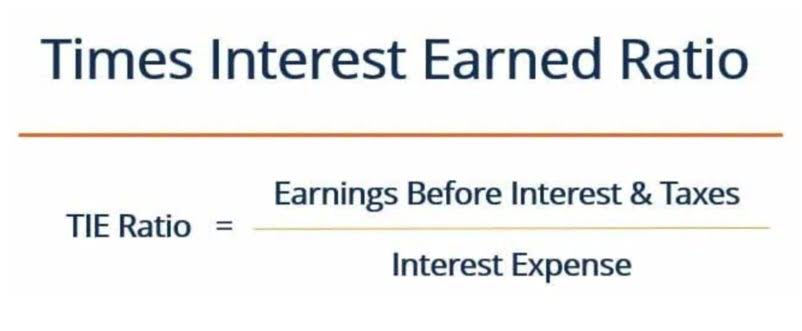
These are also referred to as “market ratios,” because they gauge how strong a company appears on the market. Subtract the cost of goods sold from the total revenue, and then divide by total revenue to arrive at this number. First, ratio analysis can be performed to track changes to a company over time to better understand the trajectory of operations. Second, ratio analysis can be performed to compare results with other similar companies to see how the company is doing compared to competitors. Third, ratio analysis can be performed to strive for specific internally-set or externally-set benchmarks.
Investors and analysts employ ratio analysis to evaluate the financial health of companies by scrutinizing past and current financial statements. Comparative data can demonstrate how a company is performing over time and can be used to estimate likely future performance. This data can also compare a company’s financial standing with industry averages while measuring how a company stacks up against others within the same sector. For example, in technical analysis the direction of prices of a particular company’s public stock is calculated through the study of past market data, primarily price, and volume. Fundamental analysis, on the other hand, relies not on sentiment measures (like technical analysis) but on financial statement analysis, often in the form of ratio analysis.
What is Financial Performance?
The last statement, the annual report, provides qualitative information which is useful to further analyze a company’s overall operational and financing activities. Next, long-term and short-term liabilities are examined in order to determine if there are any future liquidity problems or debt-repayment that the organization may not be able to cover. They also let you track how a given company performs over time, but don’t base your choices on any single ratio. Gauging ratios can make all the difference in your results, giving you the detailed data you need to spot problem areas before you invest.
- Lending institutions often set requirements for financial health as part of covenants in loan documents.
- A ratio of 1 or greater is considered acceptable for most businesses.
- The inventory turnover ratio is an efficiency ratio that is used to measure the number of times a company sells its average inventory in a fiscal year.
- Investors can use ratio analysis easily, and every figure needed to calculate the ratios is found on a company’s financial statements.
- An example of a benchmark set by a lender is often the debt service coverage ratio which measures a company’s cash flow against it’s debt balances.
Having a good idea of the ratios in each of the four previously mentioned categories will give you a comprehensive view of the company from different angles and help you spot potential red flags. The inventory turnover ratio is an efficiency ratio that is used to measure the number of times a company sells its average inventory in a fiscal year. When calculating financial performance, https://www.bookstime.com/articles/what-is-a-bookkeeper there are seven critical ratios that are extensively used in the business world to assist and evaluate a company’s overall performance. A cash flow statement is critical in a financial statement analysis in order to identify where the money is generated and spent by the organization. A debt-to-equity ratio looks at its overall debt, compared to its capital supplied by investors.
Leverage ratios
Though this seems ideal, the company might have had a negative gross profit margin, a decrease in liquidity ratio metrics, and lower earnings compared to equity than in prior periods. Static numbers on their own may not fully explain how a company is performing. Liquidity ratios measure a company’s ability to pay off its short-term debts as how would you characterize financial ratios they become due, using the company’s current or quick assets. Liquidity ratios include the current ratio, quick ratio, and working capital ratio. In addition to using financial ratio analysis to compare one company with others in its peer group, ratio analysis is often used to compare the company’s performance on certain measures over time.
Fannie Mae Third Quarter 2023 Financial Results Conference Call – Fannie Mae
Fannie Mae Third Quarter 2023 Financial Results Conference Call.
Posted: Tue, 31 Oct 2023 12:53:48 GMT [source]
